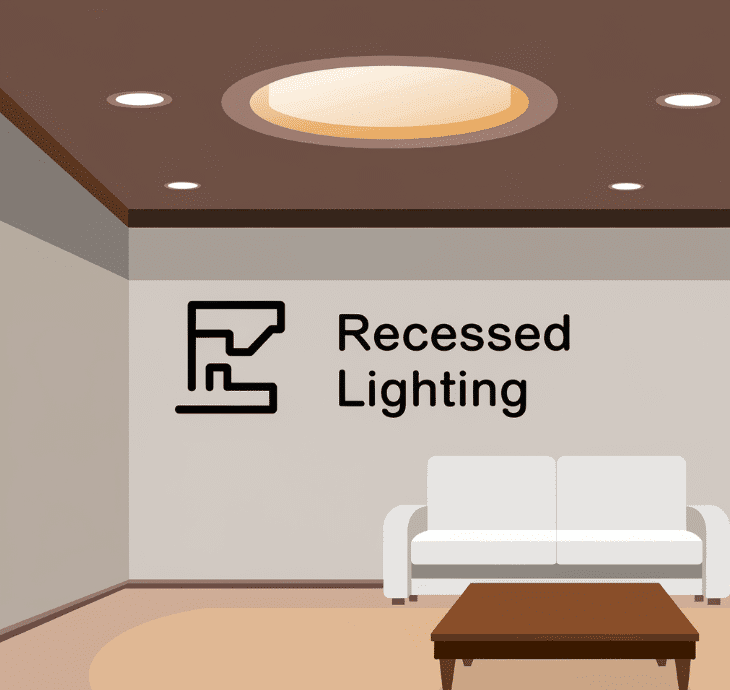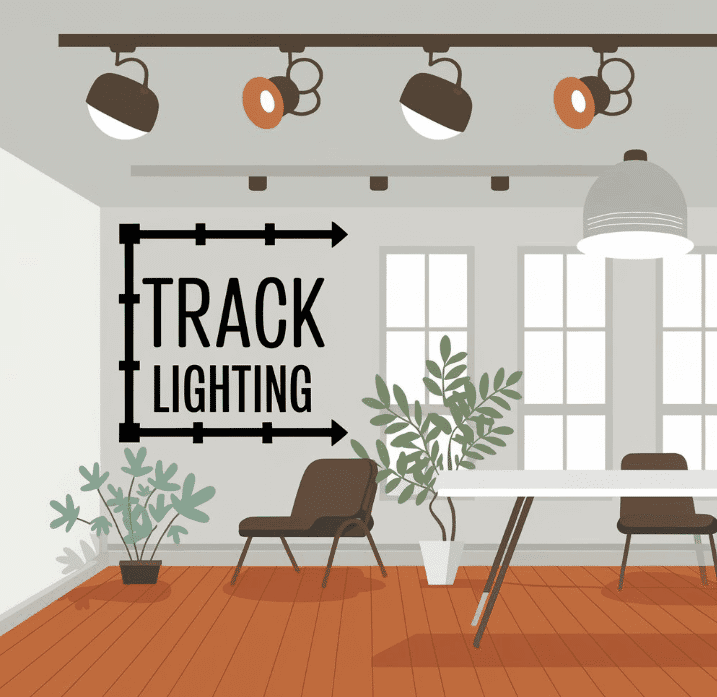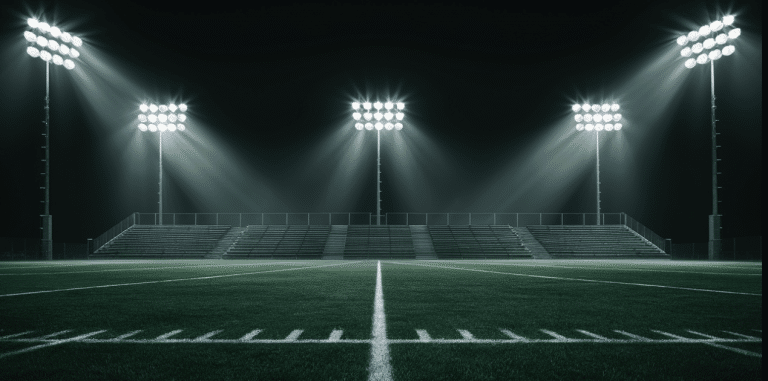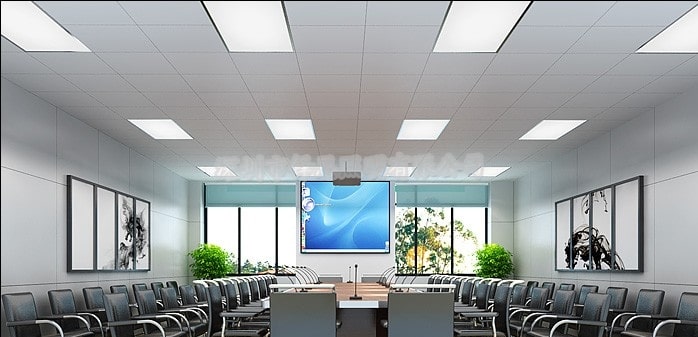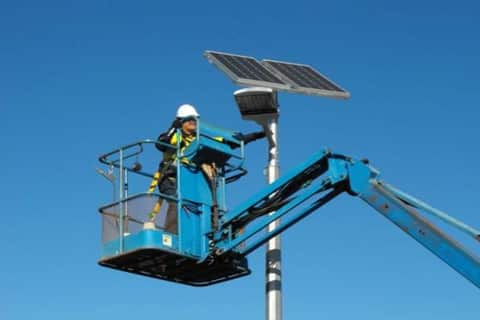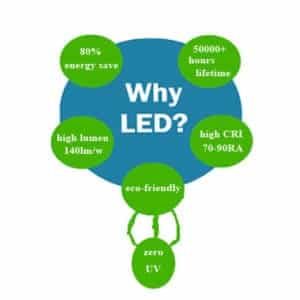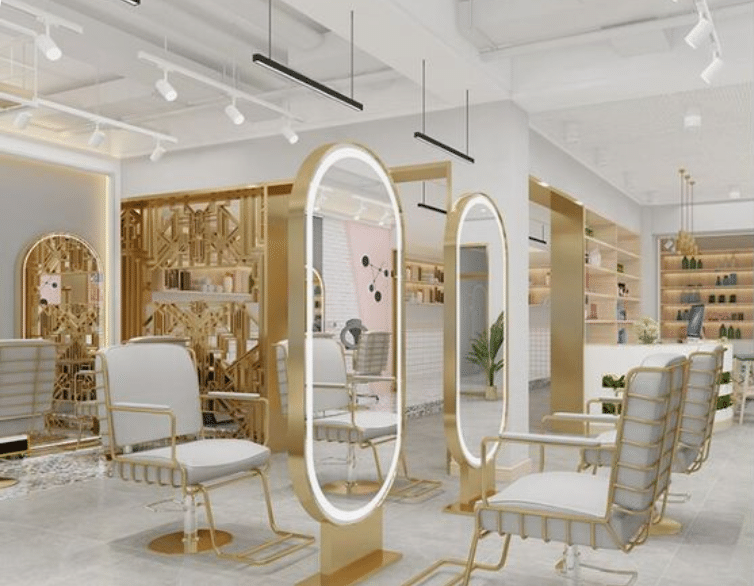Commercial lighting, also known as business lighting, differs greatly from residential lighting due to its application in various environments. This leads to clear distinctions in requirements, design, and product features. Commercial lighting has scientifically defined criteria for illuminance, color temperature, and color rendering specific to certain business environments, with different lighting needs for various commercial spaces.
What are the requirements for shopping mall lighting, office lighting, schools, airports, and hotel lighting? Let’s explore the world of commercial lighting and see how to create the right ambiance for different settings.
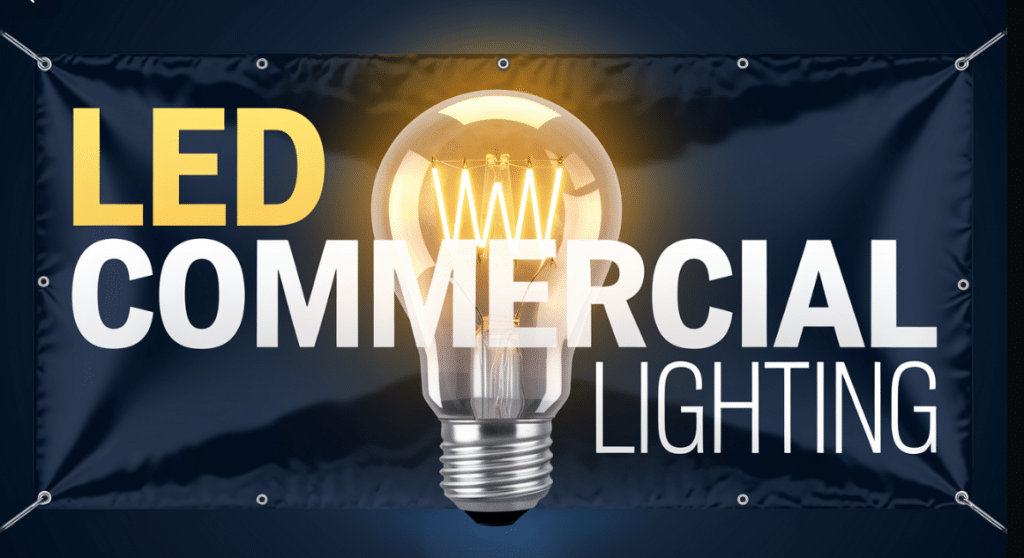
In commercial lighting, we combine 2-5 types of fixtures according to the lighting requirements of different areas to create a balanced and effective lighting ambiance.
GRNLED is the top commercial LED lighting supplier in China. Any lighting project needs a customized quotation. Feel free to contact our lighting specialists. Commercial emergency lights with battery backup, such as downlights, panel lights, flood lights, and high bay lights, are all available.
Shopping Mall Lighting
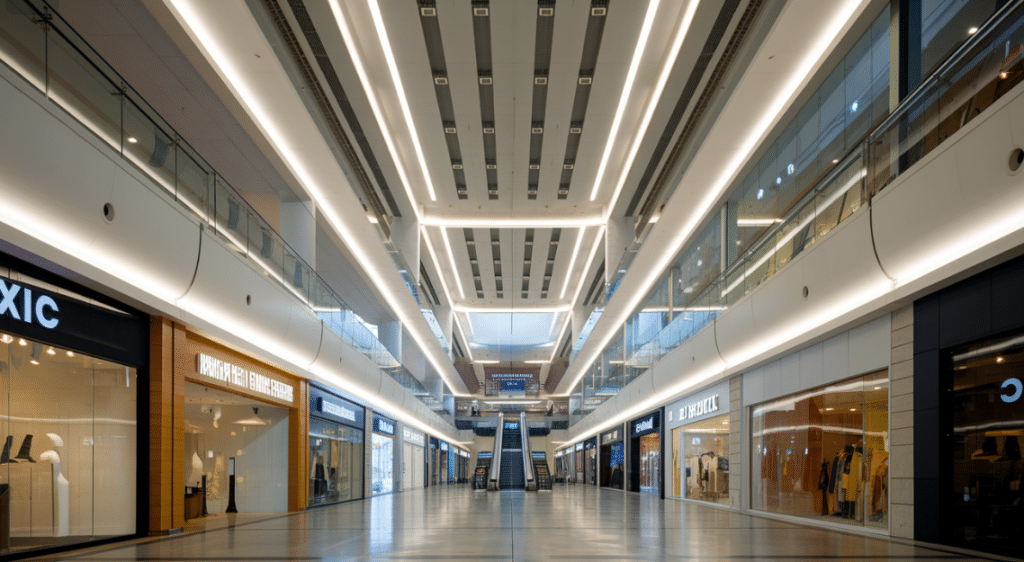
Mall Area Lighting
When designing lighting solutions for supermarkets, it’s essential to consider the characteristics of each functional area. The goal is to highlight products, ensuring that their shape, color, luster, and texture are accurately represented. This includes lighting for areas such as entrances, walkways, checkout counters, storefronts, display windows, and shelving units.
Attracting and Inducing Shopping
Lighting with a color temperature of 3000-4000K and an illuminance of 400-600 Lux creates an efficient and eye-catching effect. This not only enhances employee productivity but also stimulates consumer purchasing behavior.
Backup Emergency Lighting
Due to the high density of people in supermarkets, backup lighting must ensure that normal activities can continue in the event of a power outage. Emergency lighting and safety evacuation lighting must be installed, along with additional advertising and general illumination as needed. Furthermore, lighting should be provided for staff to conduct patrols, security checks, and observations during non-business hours.
Hotel Lighting
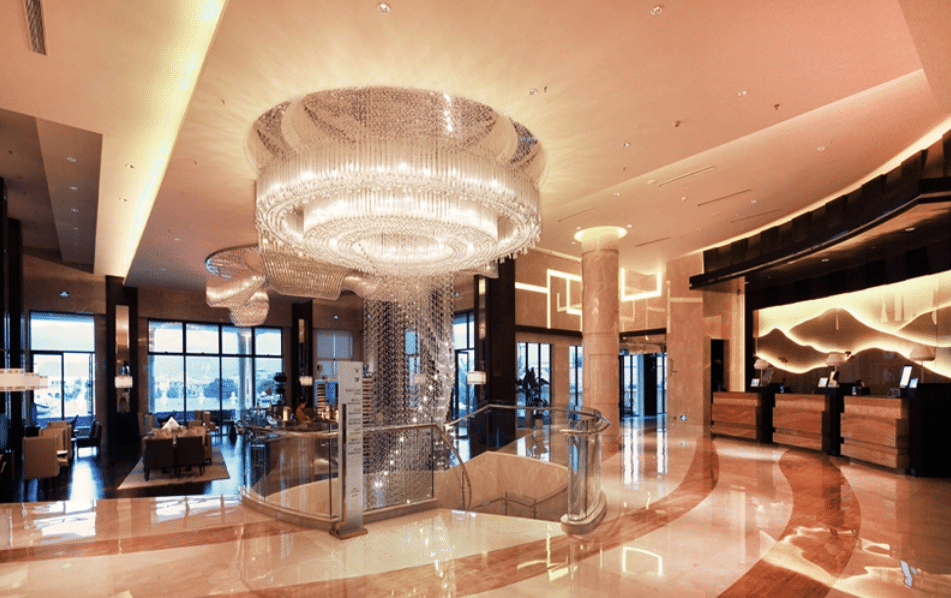
Hotel Area Lighting
In hotel lobbies, the main lighting typically features large pendant lights or chandeliers, with recessed downlights arranged to create a starry effect. Guest room lighting should use warm light with a color temperature of around 3300K. Instead of a main light fixture, various types of lighting such as light strips, downlights, spotlights, wall sconces, table lamps, and floor lamps are employed for controllable zoned lighting.
Smart Lighting
Natural daylight is the primary source of indoor lighting, with artificial lighting serving as a supplement. Through adjustable lighting design, a smooth transition between day and night can be achieved. An intelligent dimming system is an essential component of the lighting design for hotel lobbies. It can modify and coordinate the overall lighting environment, while also being more energy-efficient.
Achieving Color Tone Uniformity
Use light sources with the same color temperature to avoid a chaotic mix of colors. In the same functional area, on surfaces and objects, employ light sources with consistent color temperatures to create a unified lighting environment.
Office Lighting

Office Area Lighting
The reception area, which showcases the company’s image, requires a more diverse lighting design. In the workbench areas, LED panel lights are used to ensure even lighting and reduce glare. Energy-efficient recessed lights are installed in the collective office corridors to provide additional illumination.
For conference rooms, the main lighting should focus on the area above the conference table, creating a sense of center and concentration. The illuminance should be appropriate, with additional ambient lighting added around the space.
Lighting Illuminance Standards
The ideal illuminance range for indoor office lighting is between 1000 lx and 2000 lx. Lighting within this range can help reduce visual fatigue and create a comfortable environment. If the illuminance drops to 500 lx, it becomes unsuitable for tasks such as reading or working on a computer, which can strain the eyes and lead to discomfort.
Avoiding Reflected Glare
Lighting fixtures should generally be positioned on either side of employees’ work areas rather than directly in front or above when viewing screens. If the emitted light creates glare that reduces the visibility of displayed content and affects visual comfort, fixtures with diffusers or louvered openings should be used, or indirect or semi-indirect lighting should be employed to minimize reflected glare.
Airport Lighting
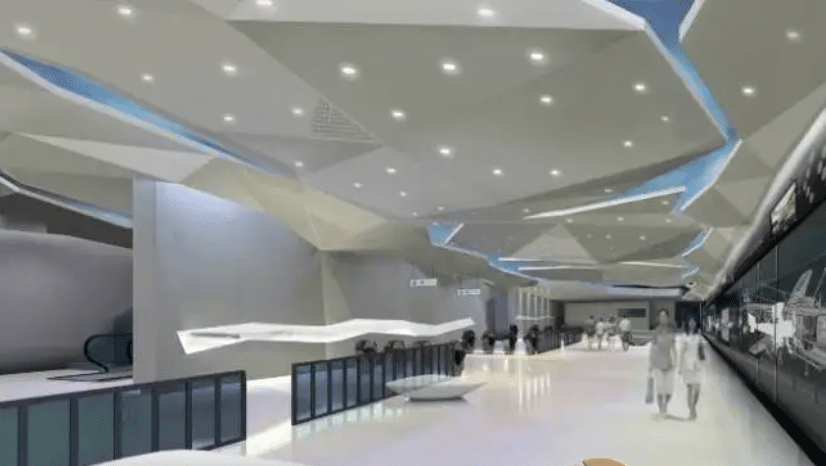
Airport Illuminance and Color Temperature
The average illuminance standard for terminal buildings is 200 lx, with a color rendering index (CRI) greater than 80. Areas such as ticket counters and security checkpoints must have sufficient illumination to support functional operations. In addition to meeting the required illuminance levels, the lighting should also ensure a bright and comfortable environment, free from glare. The color temperature should not be too warm; for airport terminals, neutral white light is considered the ideal color temperature.
Utilizing Natural Light to Save Energy
In addition to ensuring effective use of artificial lighting, it’s important to make the most of natural light to create a more organic indoor environment and reduce energy consumption.
Clear Guiding Lighting
As a major transportation hub, airport terminals must not only focus on passengers’ visual experiences but also ensure that every building’s signage and directional indicators throughout the airport have optimal visibility at all times, facilitating better service provision.
School Classroom Lighting
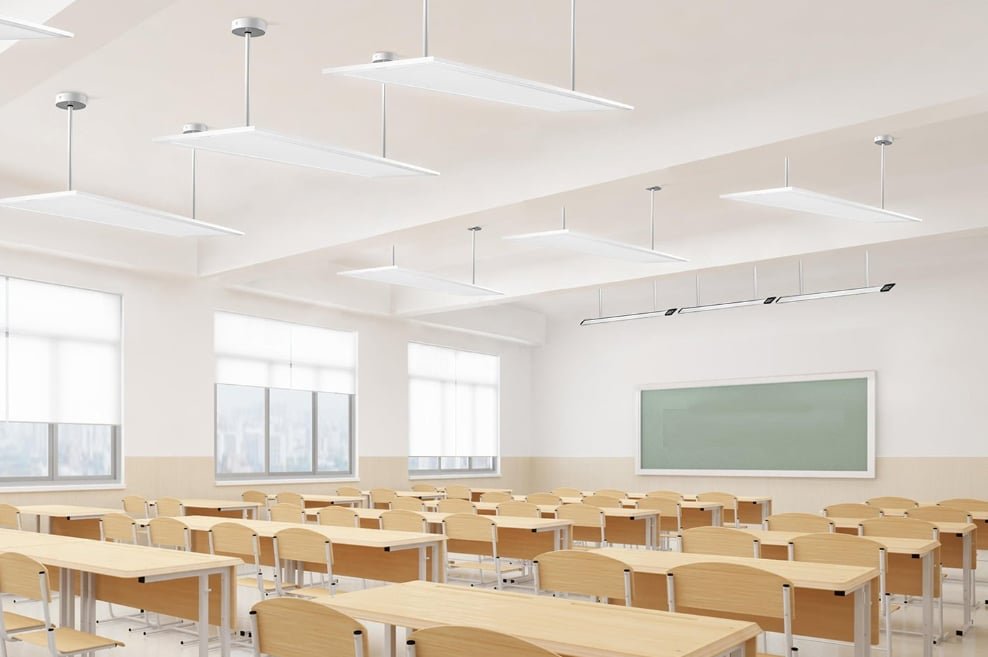
Classroom Lighting Standards
The average illuminance level on classroom desks should not be less than 300 lx, with an illuminance uniformity of at least 0.7. The blackboard should have dedicated lighting, maintaining an average illuminance of no less than 500 lx and a uniformity of at least 0.8. The Unified Glare Rating (UGR) in classrooms should not exceed 19. The color rendering index (CRI) of the lighting sources should be no less than 80, and the recommended color temperature for classroom lighting is between 3300K and 5500K.
Classroom Lights and Blackboard Lights
Classroom Lights: These should be evenly distributed vertically (with the fixture’s long axis perpendicular to the blackboard). The vertical distance from the fixtures to the desks should not be less than 1.7 meters. Therefore, the installation height of classroom lights should take desk height into account. In primary and secondary schools, desk heights are generally around 70 cm, while in kindergartens, they are typically about 50 cm. The specific desk height should be adjusted based on the average height of students in the local schools.
Blackboard Lights: Dedicated blackboard lights with asymmetric strong light distribution characteristics should be used. The blackboard lights should be installed parallel to the blackboard, with a horizontal distance of 0.7 to 1.0 meters from the blackboard and a vertical distance of 0.1 to 0.2 meters from the top edge of the blackboard. The angle of the blackboard lights should be adjusted to avoid direct glare for the teacher.
Multiple Circuit Control
The classroom lighting dimming system should be controlled through multiple circuits. Each fixture in the first row of classroom lights should be controlled by a separate circuit switch, allowing for individual adjustments of lighting and illuminance during multimedia teaching. Additionally, each vertical column of fixtures should be controlled by independent circuit switches. Blackboard lighting should also be divided into multiple circuits, with each fixture controlled by its own circuit switch, enabling separate adjustments of lighting and illuminance during multimedia instruction.
Hospital Lighting

Hospital Area Lighting
Based on the functional areas within a hospital, lighting can be categorized into several types: outpatient lighting, examination and medical technology lighting, surgical and clean room lighting, patient room lighting, pharmacy lighting, public space and office lighting, and outdoor landscape lighting.
Typically, hospitals use fluorescent tubes in offices, patient rooms, and corridors. Energy-efficient lamps or, where feasible, recessed lights, ceiling lights, and panel lights are used in lobbies, corridors, and common areas. In operating rooms, energy-efficient lights with no color distortion should be used. If conditions permit, the entire patient room system can incorporate photocatalytic lighting for disinfection and sterilization purposes.
Low Electromagnetic Interference Lighting System
There are strict requirements for minimizing electromagnetic interference in the environment. Ordinary discharge lighting fixtures can generate strong electromagnetic interference signals, leading to errors when precision equipment is in operation, which can affect diagnostic results. Therefore, it is essential to select a lighting system with low electromagnetic interference to ensure the reliability of medical instruments.
Energy-Efficient Smart Lighting System
Utilizing high-efficiency lighting sources is crucial. High-efficiency LED light fixtures are the most ideal options currently. Automation is a powerful measure for energy-saving lighting; motion sensors can be implemented, and some systems allow for scene settings. This not only enhances energy efficiency but also improves overall lighting quality.
Common Types of Commercial Lighting Fixtures
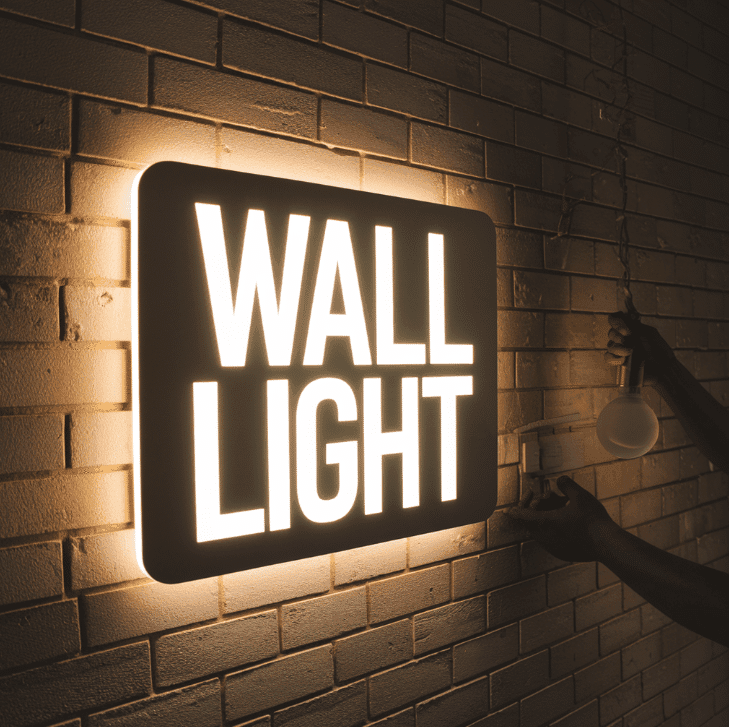

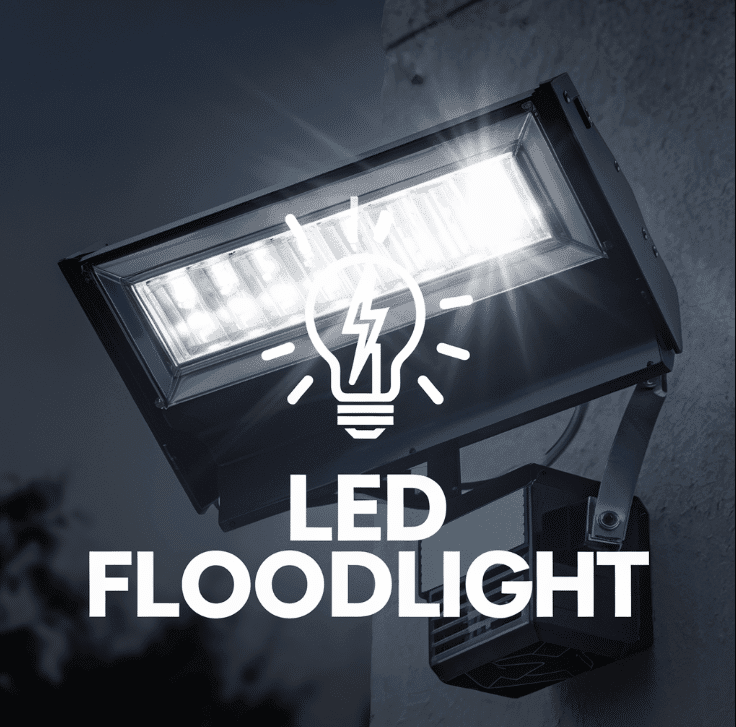
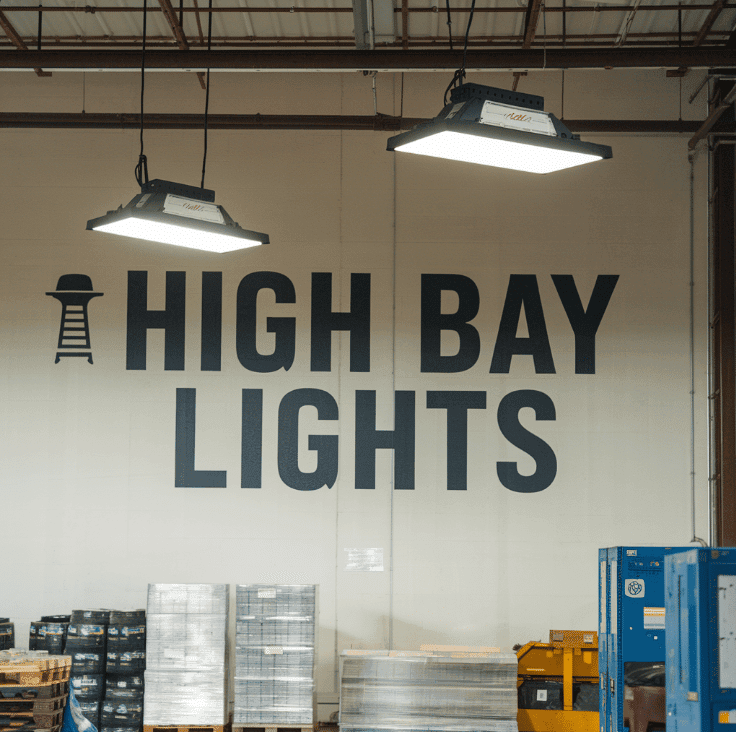
- Recessed lighting
- Track lighting
- Pendant lighting
- Panel lighting
- Linear strip Lighting
- Wall Lighting
- Floodlight and high bay lights

Hello, customers
My name is Ricky Wang, I’m the business manager of GRNLED. I have been in LED lights industry for more than 10 year. Feel free to contact us. I’m happy to provide you the best service and products.
Email: info@grnled.com | WeChat: ledfixture

